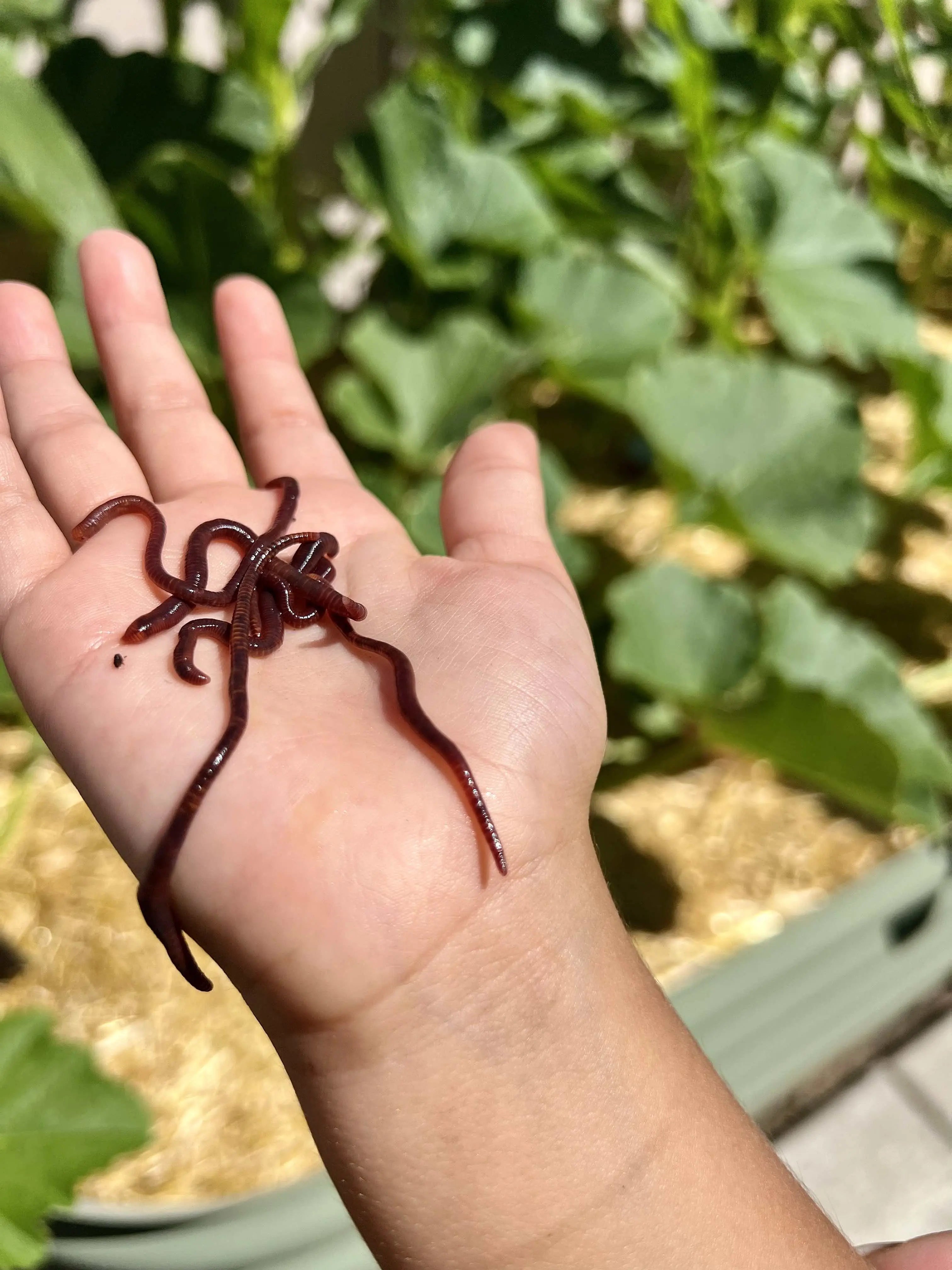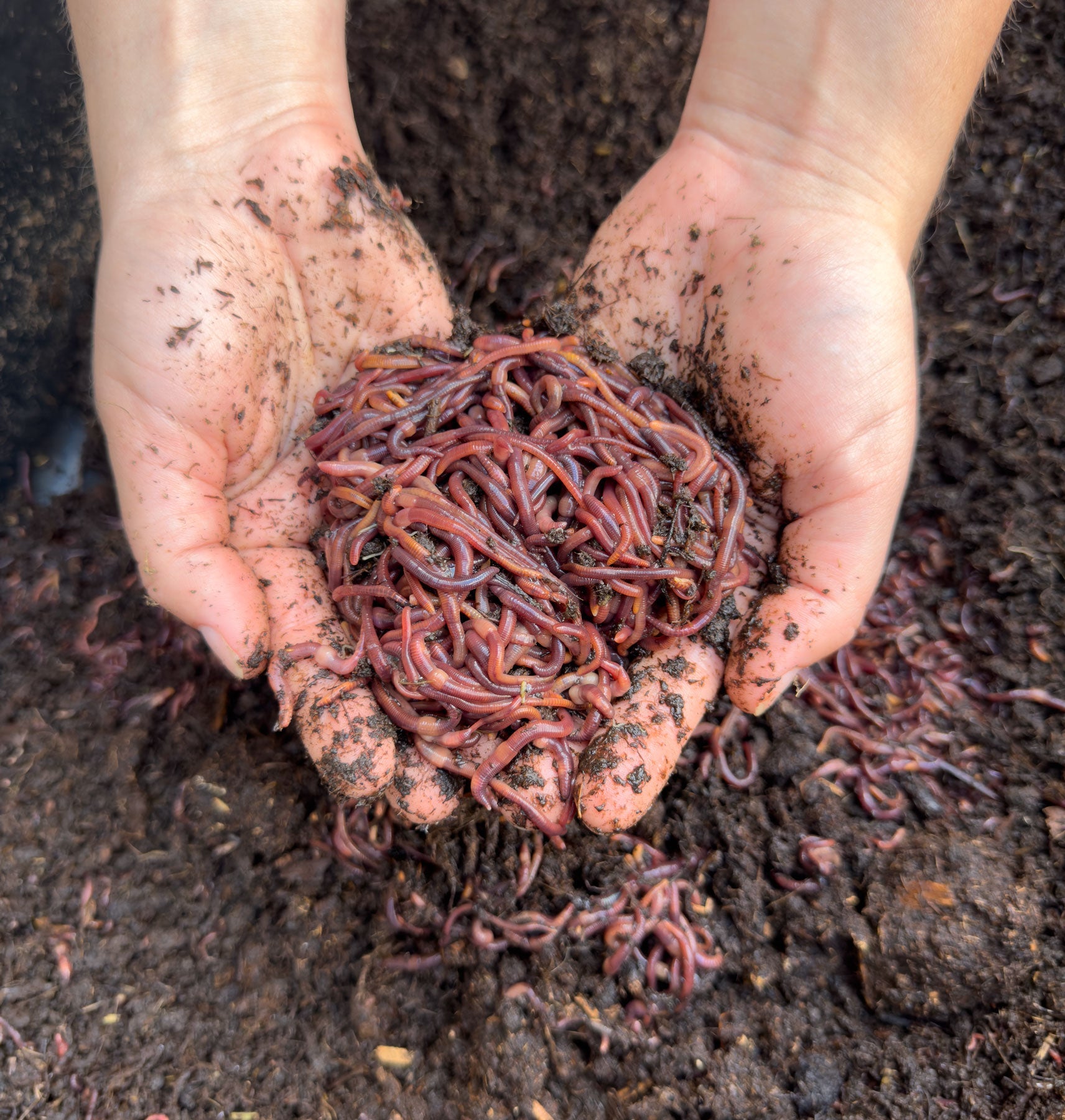Red Wiggler Express: Premium Worms Delivered Conveniently
Red Wiggler Express: Premium Worms Delivered Conveniently
Blog Article
Red Wigglers: The Unsung Heroes of Organic Waste Recycling
Red wigglers, or Eisenia fetida, offer as crucial agents in the organic waste recycling procedure, transforming disposed of materials into important vermicompost. As the world progressively seeks options to deal with waste accumulation and boost agricultural efficiency, understanding the role of these worms comes to be crucial.
What Are Red Wigglers?
The impressive durability of red wigglers, scientifically referred to as Eisenia fetida, emphasizes their vital role in natural waste recycling. These little, reddish-brown earthworms are generally located in decaying organic matter, such as compost heap and manure heaps. Lake Hickory Bait. Unlike various other earthworm varieties, red wigglers grow in nutrient-rich atmospheres and are extremely reliable at damaging down organic products, making them necessary for vermicomposting

(Lake Hickory Bait)In enhancement to their duty in waste decrease, red wigglers add to dirt wellness by enhancing soil structure and oygenation via their tunneling activities (Lake Hickory Bait). Their visibility in composting systems not only enhances decay rates yet likewise advertises a lasting method to lose administration, showing their value in environmental conservation efforts
Benefits of Composting With Worms
Composting with worms, especially red wigglers, uses various benefits that improve both waste management and dirt health and wellness. These worms efficiently damage down organic waste, transforming it into nutrient-rich vermicompost that improves dirt. This procedure increases decomposition, enabling a quicker recycling of cooking area scraps and various other organic products contrasted to conventional composting methods.
In addition, the vermicompost produced by red wigglers is including valuable microbes, which assist improve dirt structure, oygenation, and moisture retention. This improves the total wellness of plants, advertising strenuous development and enhanced yields in gardens and farming setups. The use of worms in composting decreases the manufacturing of greenhouse gases, such as methane, contributing to a more lasting waste management system.

How to Start Vermicomposting
Developing a vermicomposting system is an uncomplicated procedure that can yield substantial advantages for both waste administration and dirt enrichment. To start, pick an appropriate container, such as a plastic bin or wooden box, with appropriate ventilation holes to make certain appropriate air movement. The measurements ought to ideally be around 2 feet by 3 feet, permitting ample room for the worms to flourish.
Next, prepare bed linen product, which can consist of shredded newspaper, cardboard, or coconut coir. This bed linens should be dampened to create an ideal habitat for the worms. When the bedding is in area, present red wigglers (Eisenia fetida) into the bin, normally around one extra pound of worms for every single square foot of area.
Adhering to the placement of worms, include natural waste, such as fruit and vegetable scraps, coffee premises, and crushed eggshells. With these steps, you will properly start a vermicomposting system that contributes to lasting waste monitoring and enhances your soil.
Maintaining a Healthy And Balanced Worm Bin
(Red Wiggler Express)Maintaining a worm bin thriving needs regular focus and like make certain the health and wellness of the red wigglers and the performance of the composting process. Correct maintenance starts with keeping an eye on the dampness levels; the container should perspire but not soaked. An excellent guideline of thumb is to keep a consistency comparable to a wrung-out sponge.
Gently blending the bedding and food scraps every few weeks protects against compaction and ensures that all worms have access to oxygen. Furthermore, it is crucial to feed the worms suitably.
If the container comes to be as well warm or chilly, the worms might end up being stressed out. By vigilantly managing these factors, one can keep a durable and efficient worm bin.
Influence On Lasting Living
The effective maintenance of a worm bin not just profits the health and wellness of red wigglers but additionally adds dramatically to lasting living practices. By reusing natural waste, such as kitchen area scraps and yard particles, red wigglers assist divert significant quantities of material from land fills. This reduction in waste not only lowers greenhouse gas discharges but additionally reduces the environmental worry related to waste management.
Moreover, the spreadings produced by red wigglers act as a nutrient-rich natural fertilizer, enhancing soil wellness and advertising plant growth. This all-natural alternative to chemical plant foods supports lasting agriculture and horticulture practices, lowering reliance on artificial inputs that can hurt communities. In addition, worm composting promotes recognition of try this waste administration, encouraging people and communities to embrace more sustainable habits.

Verdict
In recap, red wigglers offer as vital contributors to organic waste recycling with their effective disintegration of natural products. Their ability to produce nutrient-rich vermicompost enhances soil health and supports sustainable agricultural practices. By integrating vermicomposting into waste monitoring strategies, individuals and neighborhoods can substantially lower waste while promoting environmental sustainability. The function of Eisenia fetida in cultivating healthy environments emphasizes the importance of these microorganisms in achieving lasting living and boosting dirt fertility.
Report this page